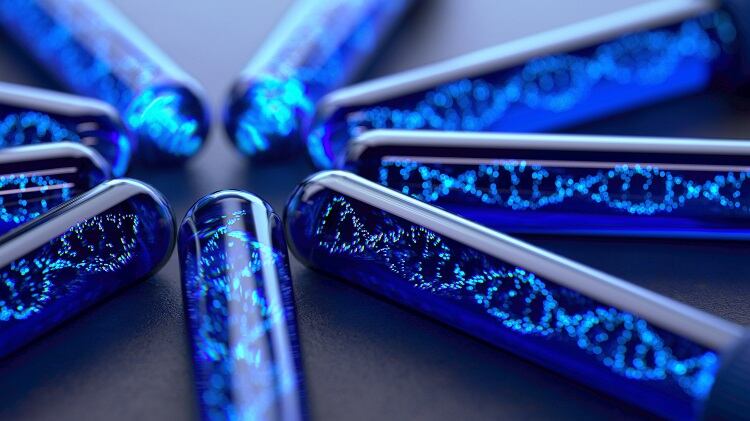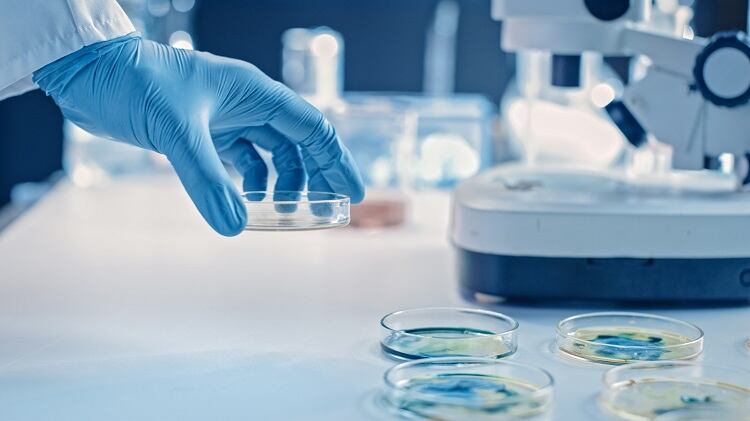“The agreement with Micreos opens up a very promising field in high-tech cosmetics,” says Laurent Attal, Executive Vice-President Research & Innovation of L'Oréal, in his remarks to the press.
Micreos’ business is based on phage and endolysin tech for use in food and personal care industries
Mark Offerhaus founded Miceros in 2005. In 2013 the company launched the proprietary enzyme Staphefekt to the consumer skin care market with its in-house Gladskin brand.
The Staphefekt endolysin (an enzyme able to split cell walls) is essentially a targeted anti-biotic, designed to eliminate only a single sort of microorganism, in this case the staphylococcus aureus bacterium.
The Gladskin brand is marketed to consumer with eczema, acne, and rosacea concerns; with a separate product line for each concern. Here in the States, only Gladskin eczema is available. Micreos launched the brand here at the start of 2020
“Understanding the frustrations that most people with eczema go through every day, and the endless efforts they put forth to find a safe and effective treatment, we're excited to finally bring our technology to the US,” said Skyler Stein, President of Gladskin USA, in a January media release about the new market launch. And at that time, Micreos noted plans to bring the acne care line to the States with in 2020 as well.
L’Oréal’s latest deal will boost the beauty maker’s microbiome skin care capabilities
“We expect this partnership to be ground-breaking,” says Offerhaus in his comments to the press today.
“L'Oréal has been a leader in skincare for decades. Micreos is at the forefront of targeted bacterial biotechnology,” he says, adding the prediction that, “We pair our strengths and millions stand to benefit.”
L’Oréal has been working to learn about and leverage the skin microbiome for some 15 years. In 2018, for instance, Cecile Clavaud presented years of insights and information on the scalp microbiome at Kisako’s Skin Microbiome Congress.
But now that the company has license to use Staphefekt, it’s likely that skin care products targeting and limiting or eliminating staphylococcus aureus will be forthcoming from L’Oréal. It will be also quite interesting to see how L’Oréal and others expand on and refine this sort of bacterial technology. And the more companies and scientists that get to work with proprietary enzymes like Staphefekt, the more microbiome innovation will come to the beauty marketplace.



